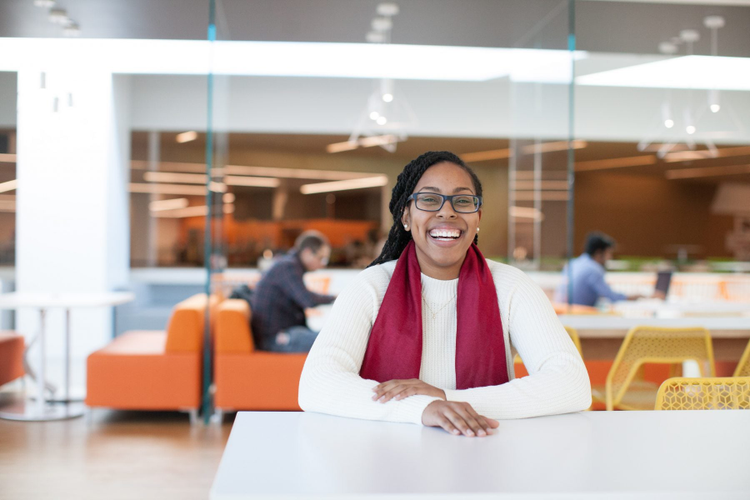We’re Closing the Gender Pay Gap, and We’re Not Stopping There

Today, more than 1,400 Adobe employees are taking time out to attend the second annual Adobe & Women Leadership Summit. It’s one of my favorite events of the year, where we bring together our employees to connect, learn, and focus on personal and professional growth. It gives employees the time they need to focus on their commitments – whether it be their career, integrating work and life or developing networking skills.
We will hear from speakers like Shark Tank’s Lori Greiner, documentary filmmaker Robin Hauser, and TaskRabbit CEO Stacy Brown-Philpot who will inspire us with their career journeys. The theme of this year’s Women’s Summit, “Commit to Success,” is especially fitting because we’re making good on a commitment I made to our employees at this event last year: achieving pay parity.
By the end of this fiscal year, we will pay women $1.00 for every $1.00 earned by male employees in the U.S., up from 99 cents a year ago. Further, we have worked to ensure that women earn 99 percent of what is earned by male employees across India, and we’re working toward pay parity there and globally. Given that the U.S. and India comprise 80 percent of our global workforce, we are pleased with the progress.
Equal pay is just one step in a long-term commitment to ensure our workforce is diverse, inclusive and full of opportunity for everyone. It’s not only the right thing to do, we firmly believe it’s a key driver of our businesses success. According to a study published in Innovation: Management, Policy Practice, companies with greater numbers of women are more likely to introduce more radical innovations into the market over a two-year period. In technology, innovation is a must and diversity is a competitive advantage.
In the spirit of our Women’s Summit theme, we’re committing to continued progress and investment. Here’s a snapshot of some of our efforts:
Commit to the next generation
Opportunities in tech are on the rise, yet fewer women are seeking them. In 1984, 37 percent of Computer Science majors were women; now it’s down to just 18 percent. That’s causing a serious pipeline issue for tech companies who are seeking diverse candidates. To help get more young women into tech, Adobe has given $3.5 million to youth coding initiatives reaching more than 15,000 youth including Girls Who Code and others. We’ve also started the Adobe Digital Academy, which reskills people in lower-opportunity job fields to move into tech. Our goal with these programs is to connect with those who never thought of themselves as computer scientists, and open their minds to the possibilities of tech as a career choice.
Commit to hiring diverse candidates
Adobe’s current global workforce is 30 percent female. That’s up 2 percent from last year – but not as high as we would like it to be. We’ve focused on improving our hiring practices – from recruiting to how we assemble interview panels and train managers. This year to date, 40 percent of our new hires have been women, up significantly from prior years.
We also rolled out a “Breaking Bias” training, which covers how unconscious bias can influence us in the workplace. The program has resulted in broad and transparent conversations about the many ways we can make our teams and company more inclusive.
Commit to helping employees integrate work and life
As a company, we need to acknowledge the demands of work and life, and we’re creating programs that give employees more flexibility. Our newest initiatives include flexible schedules and part-time options.
We’ve also extended paid family leave to more countries. We began in the U.S. and India in 2015, offering up to six months of fully paid leave for new parents, and we have had hundreds of employees receive these benefits. We have continued to expand our family leave program, and by next year, we anticipate will offer extended family leave benefits to employees across all our locations.
It’s days like today that reinforce that we have made considerable progress in making Adobe a leader in diversity and inclusion. We definitely still have a ways to go, but through our efforts in hiring, employee programs and community investments, along with our fantastic employees, we can work toward even better days ahead.